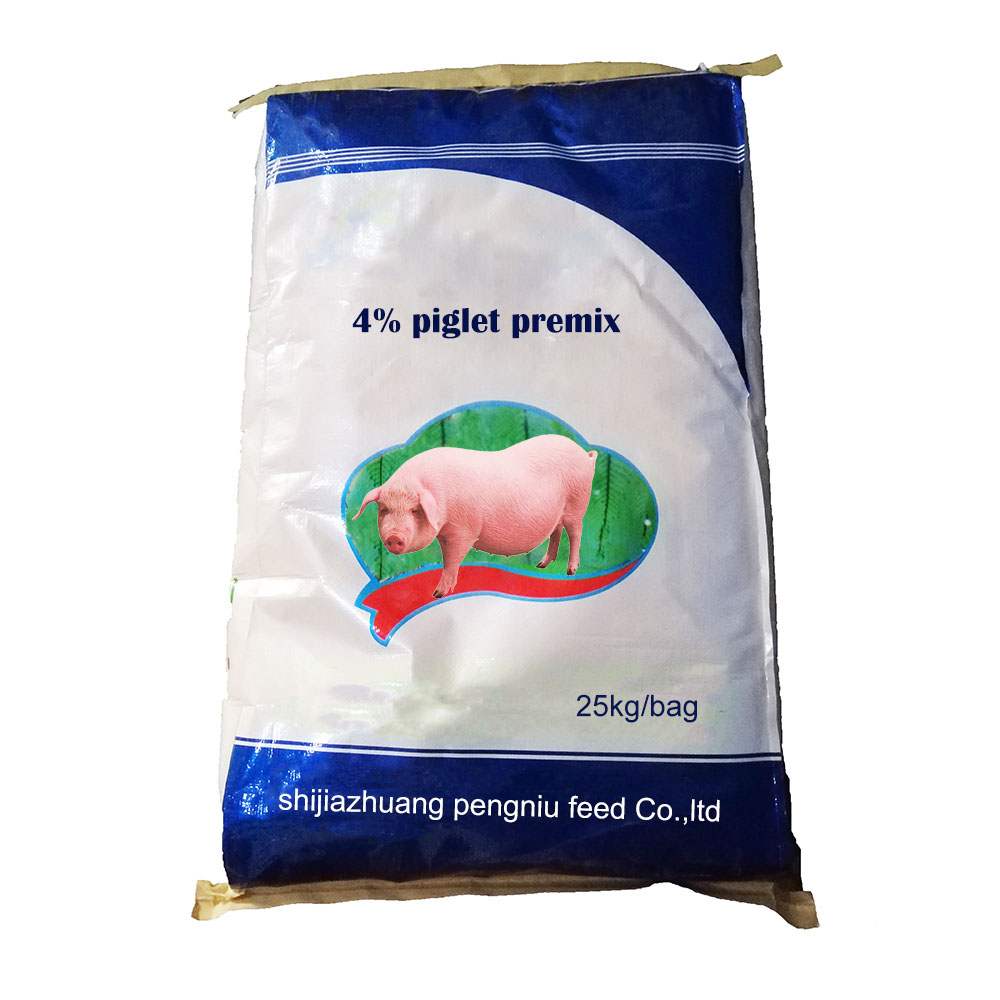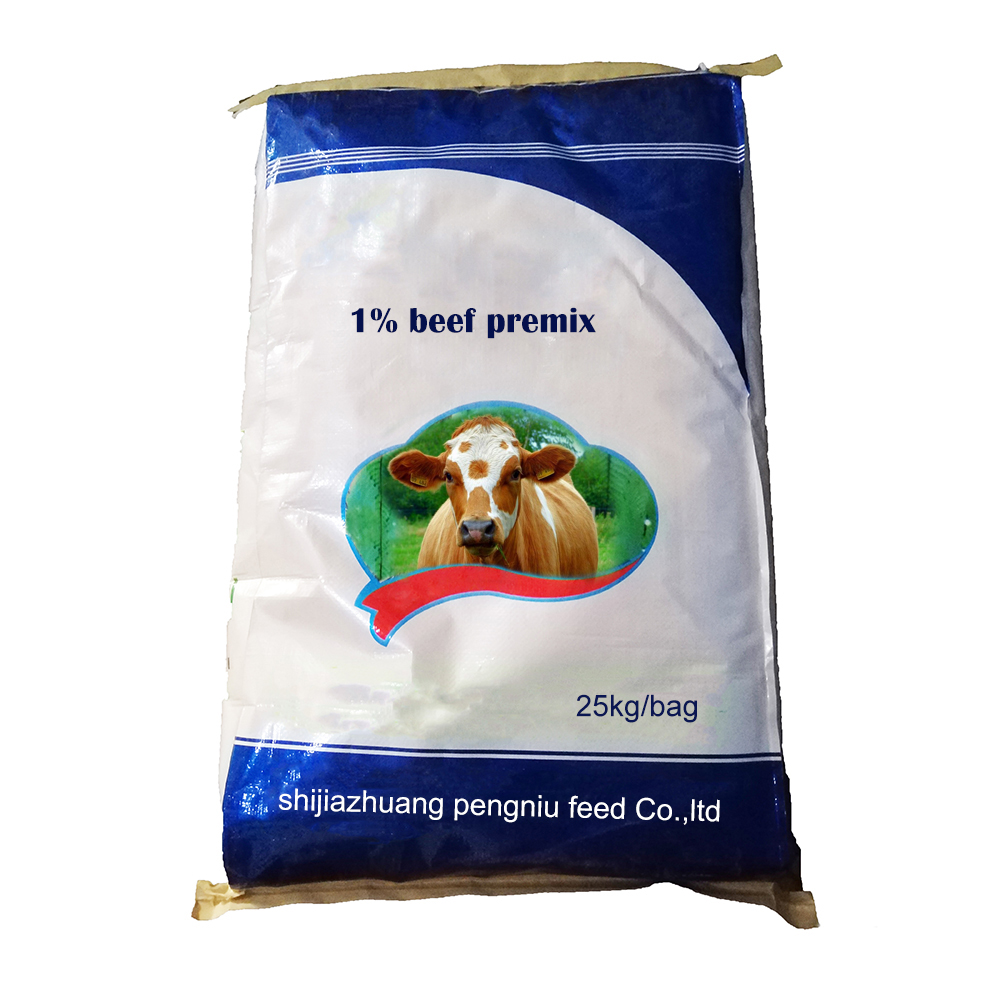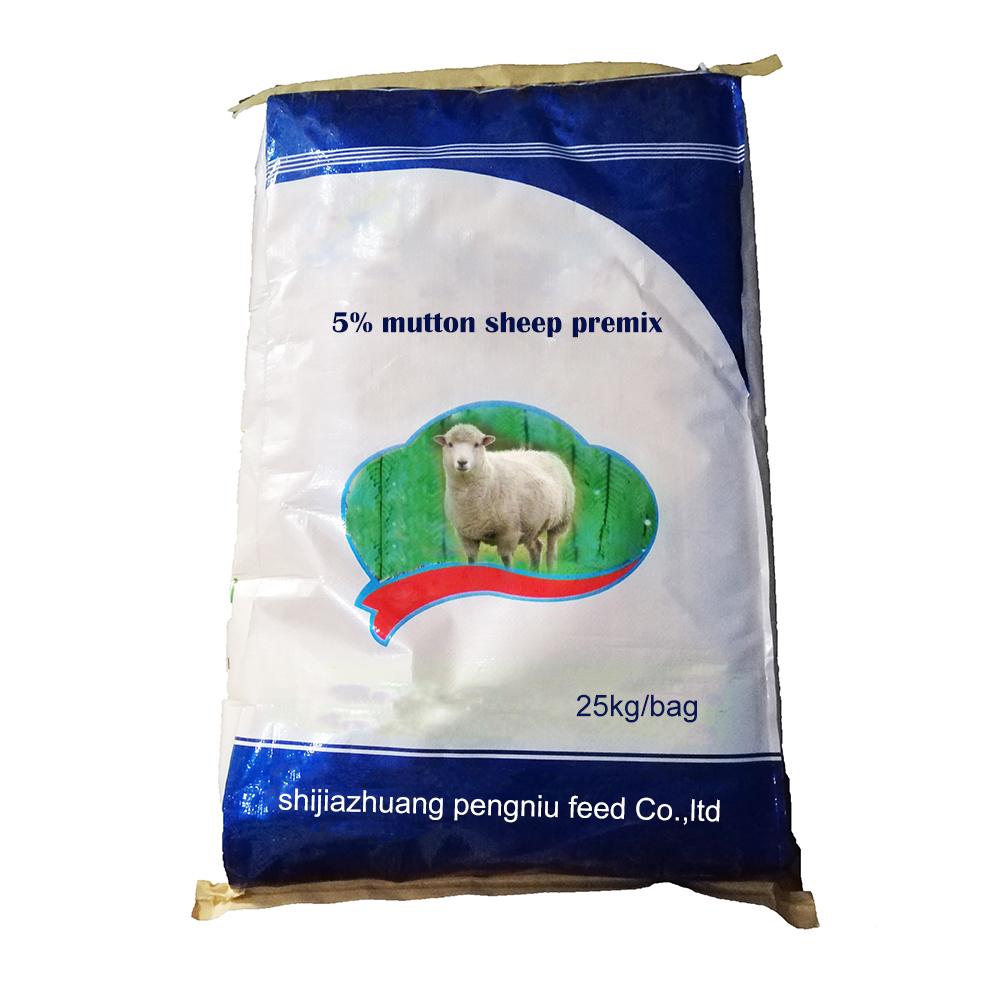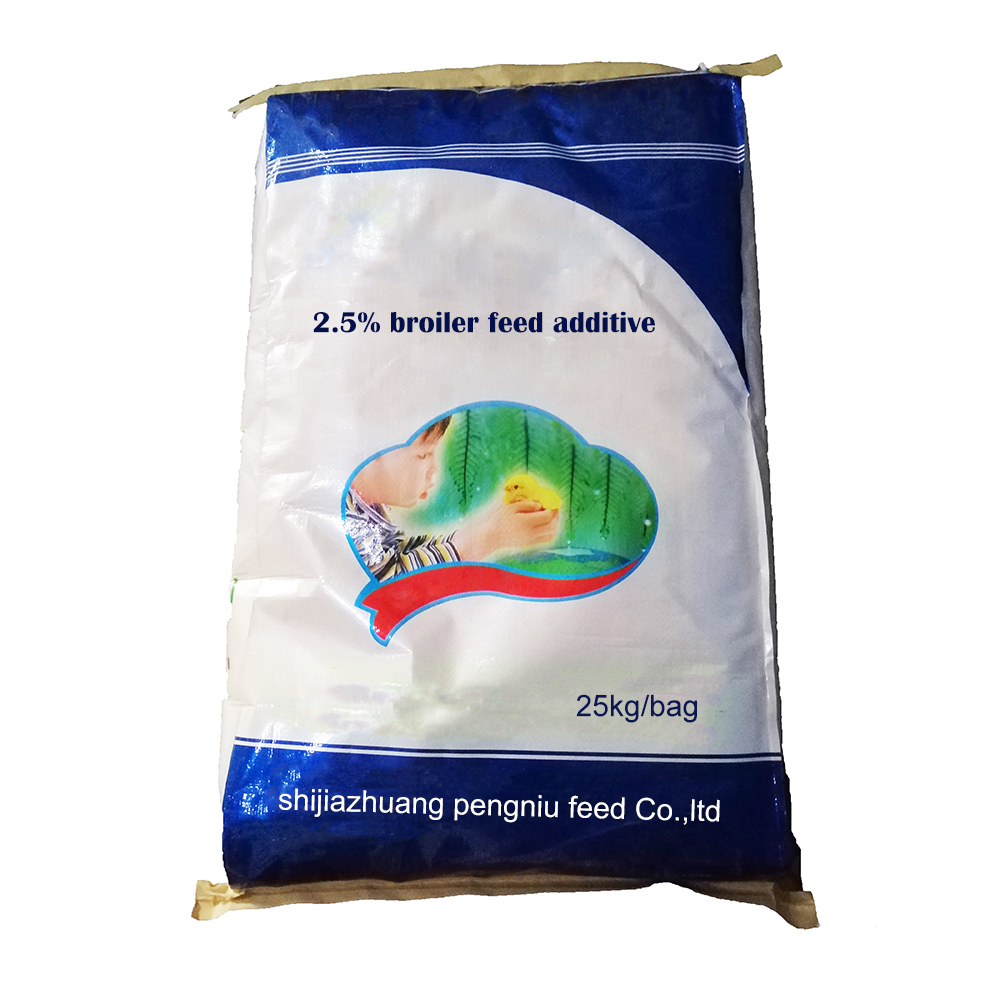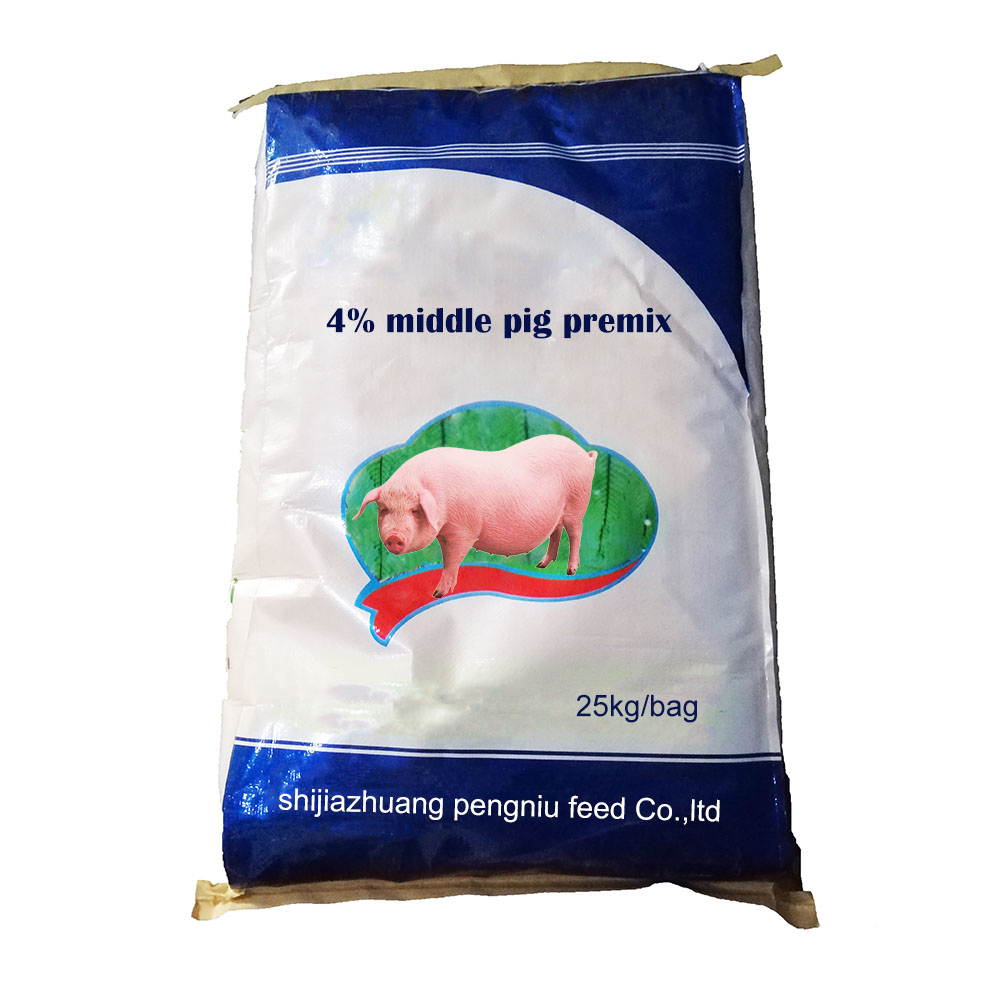Global Trends in Types of Premix & Feed Additives Market
The global feed premix market is projected to reach USD 32.6 billion by 2028, growing at a CAGR of 6.0% (source: MarketsandMarkets 2023). This surge is underpinned by increased demand for high-performance animal feed, precision livestock management, and biosecurity requirements.
Key Industry Shifts:
- Diversification of types of premix – Multi-species, functional, and customized blends.
- Increased adoption of swine premix for sale and tailored feed premix for broilers, layers, ruminants, and aquatic species.
- Stringent adherence to safety protocols (ISO 9001:2015, FAMI-QS certification, Veterinary Feed Directive compliance).
- Integration of digital manufacturing and advanced analytics for traceability and quality assurance.
Understanding Types of Premix: Formulation & Industry Relevance
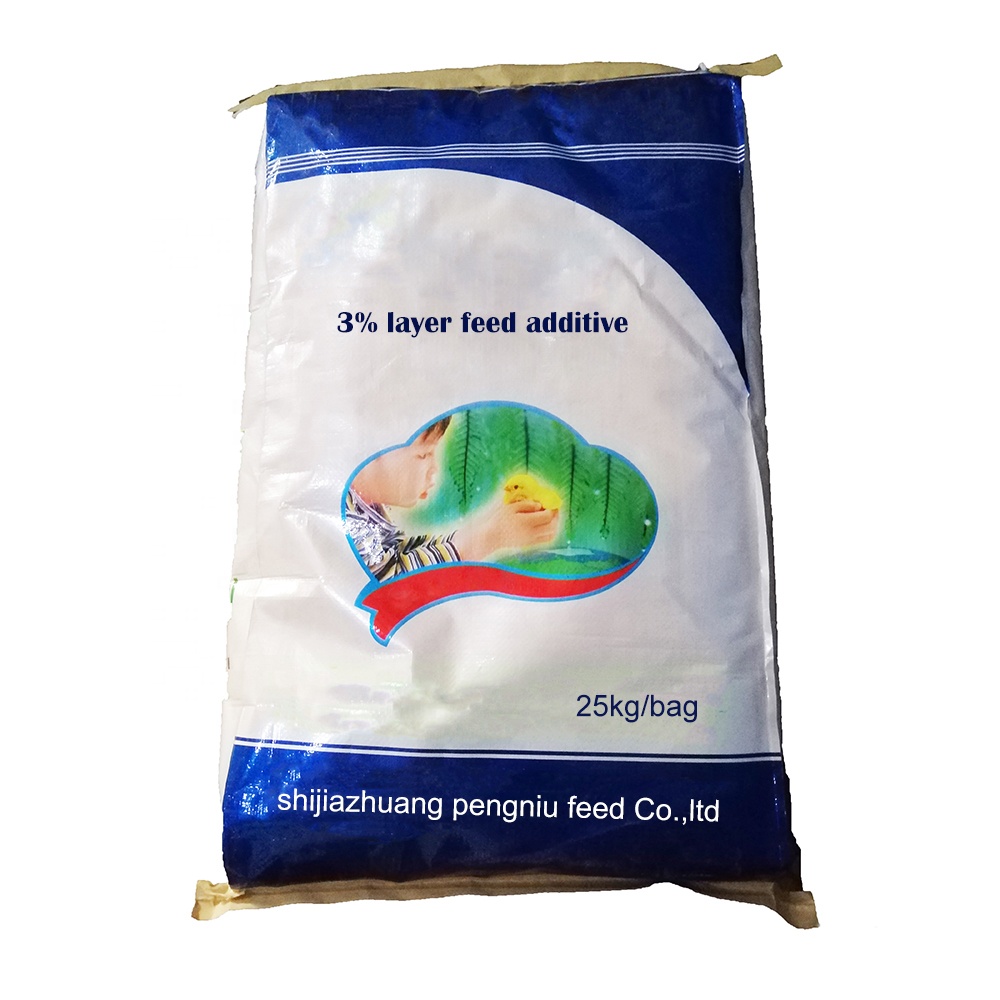
| Type | Main Composition | Target Animal | Typical Inclusion Rate | Applications | Market Share (%) |
|---|---|---|---|---|---|
| Vitamin Premix | Vitamins A, D3, E, B-complex, K | Poultry, Swine, Cattle, Pets | 0.5 – 1.5% | Growth, immunity, reproduction | 35 |
| Mineral Premix | Ca, P, Zn, Mn, Cu, I, Se, Mg | Poultry, Ruminants, Swine | 0.5 – 2.0% | Bone strength, metabolism | 25 |
| Compound/Multifunctional Premix | Vitamins + Minerals + AA + Enzymes + Additives | Broiler/Layer/Swine Starter/Finisher | 1.5 – 3.0% | Total nutrition, performance, efficiency | 28 |
| Medicated/Functional Premix | Antibiotics, Antioxidants, Probiotics | Poultry, Swine Specialty | 0.2 – 1.0% | Health management, disease prevention | 12 |
The types of premix chosen largely depend on species, production phase, and performance objectives. Specialized formulations, such as swine premix for sale, may use elevated mineral bioavailability or targeted vitamin ratios to address unique metabolic needs.
Spotlight Product: 3% Starter Layer Feed Additives
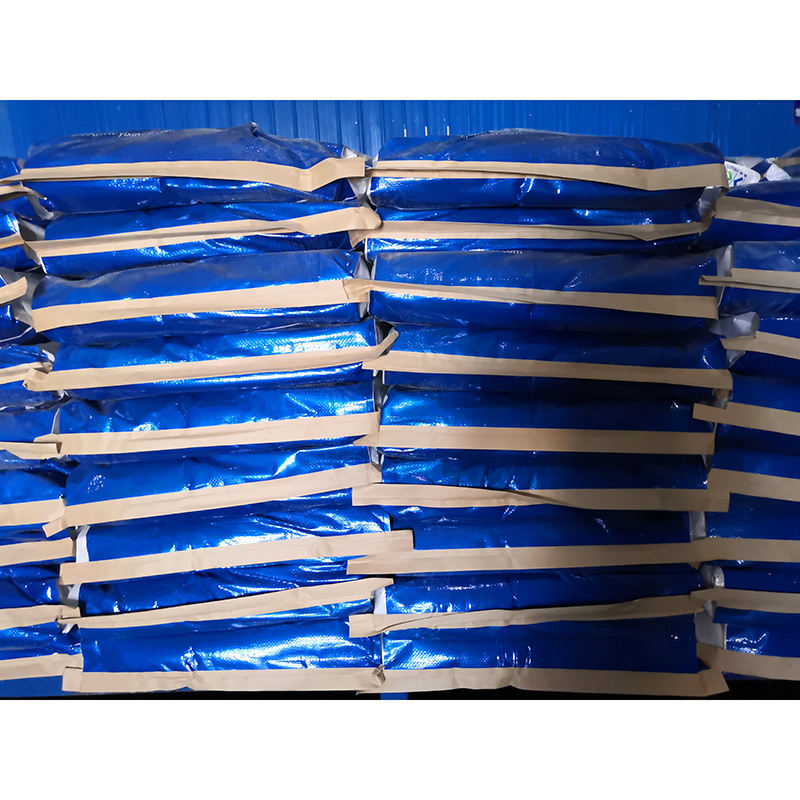
- Product: 3% Starter Layer Feed Additives
- Segment: High-quality feed premix for young layer poultry
- Form: Powder / Microgranule
- Inclusion Rate: 3kg per 100kg finished feed (3%)
- Manufacturing Certifications: ISO 9001:2015, HACCP, GMP+, FAMI-QS
- Website: www.rcpetfood.com/3-starter-layer-feed-additives.html
As shown above, the 3% starter layer feed additives feature industry-leading micronutrient levels, matching layer chick requirements during developmental phases. High mineral inclusion, superior vitamin stability, and precision nutrient balance underpin improved FCR (Feed Conversion Ratio), immunity, and early productivity.
Manufacturing Process Flow of Types of Premix
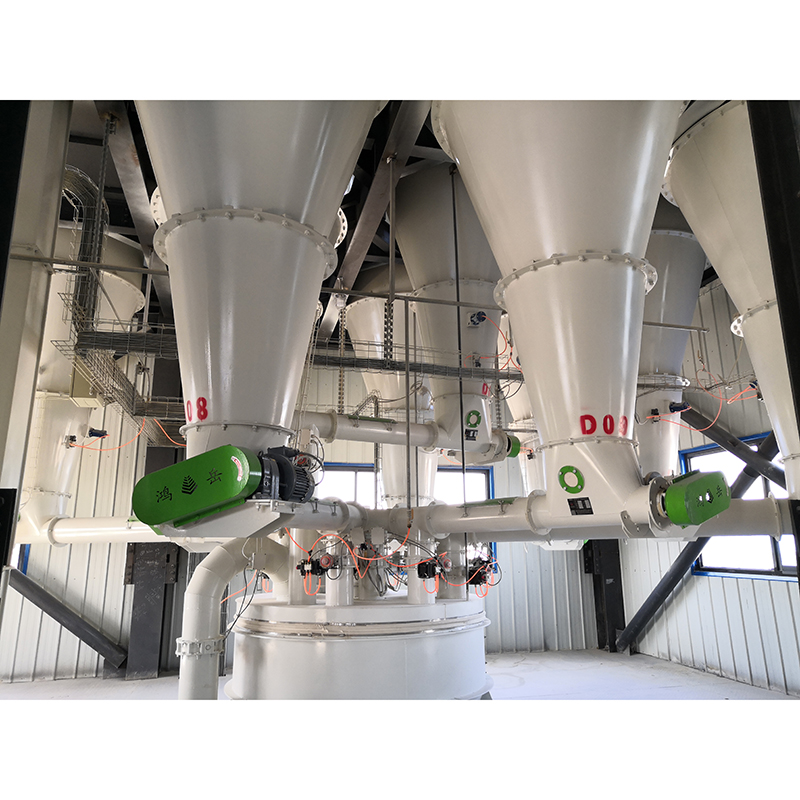
All types of premix are manufactured via advanced, digitally controlled blending systems, ensuring accuracy and minimization of cross-contamination. Below is a schematic representation of the typical processing workflow:
- Materials: Premium food-grade vitamins, minerals, organic acids, carriers (e.g., rice hull, wheat bran).
- Manufacturing Techniques: Precision CNC blending for uniformity, dry mixing for stability; key equipment: twin-shaft paddle mixers, high-torque sieving, vacuum packers.
- Quality Control: ISO 9001:2015, FAMI-QS & batch traceability; finished lot CV < 5% for active ingredient uniformity.
- Testing Standard: AOAC, ISO/IEC 17025 accredited labs; antinutritional factor screening as per US FDA.
- Durability: 12–18 months airtight shelf life; oxidation prevention via barrier film & N₂ flushing.
- Target Use: Poultry, swine, ruminant, pet food, aqua (swine premix for sale and other custom solutions).
- Advantages: Energy-efficient (up to 40% less mixing time); zero cross-contamination engineering; anti-corrosive machine coatings (ANSI–AWWA C550 specs).
Technical Parameter Table: 3% Starter Layer Feed Additives vs Mainstream Competitors
| Parameter | 3% Starter Layer Feed Additives | Top 3 Competitors (Average) |
Testing Standard |
|---|---|---|---|
| Vitamin A (IU/kg) | 70,000 | 54,700 | ISO 6860 / AOAC 2001.13 |
| Vitamin D3 (IU/kg) | 14,000 | 9,200 | AOAC 999.02 |
| Vitamin E (mg/kg) | 140 | 109 | ISO 6867 |
| Calcium (%) | 6.0 | 5.1 | ISO 6490-2:2012 |
| Available Phosphorus (%) | 0.45 | 0.31 | AOAC 965.17 |
| Manganese (ppm) | 140 | 121 | AOAC 944.05 |
| Zinc (ppm) | 110 | 90 | AOAC 984.27 |
| Homogeneity (CV%) | 2.9 | 5.4 | FAMI-QS, ISO 8196 |
| Carrier Source | Rice hull, wheat bran | Wheat bran/oat hull | ISO 22000:2018 |
| Shelf Life (months) | 15–18 | 8–12 | Internal QC/ISO 9001:2015 |
Industry Applications & Advantages of Modern Feed Premix
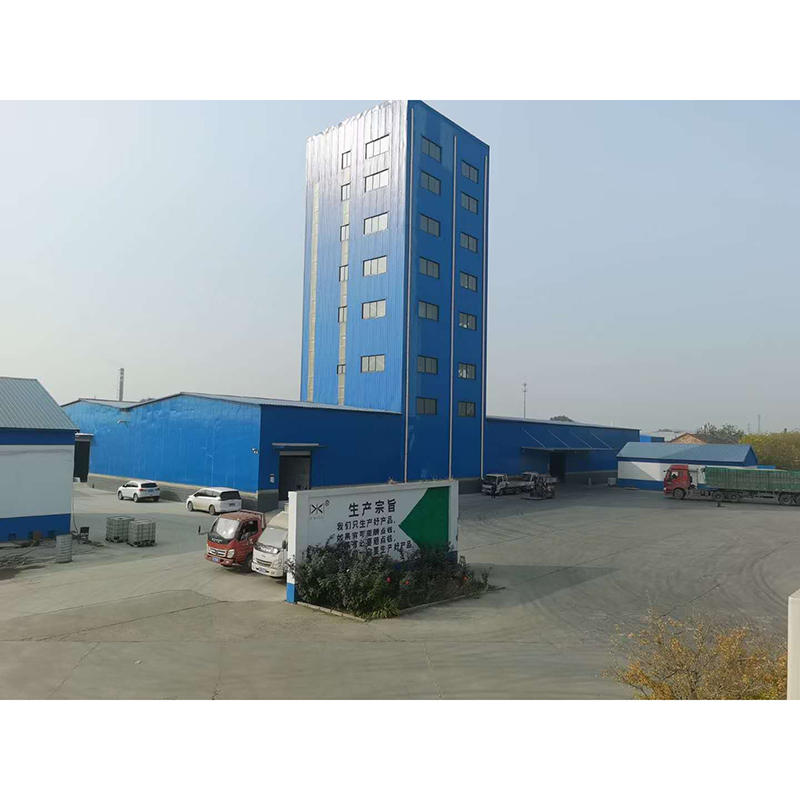
- Poultry Industry: Laying hens, broilers, and breeders benefit from precise mineral-vitamin balancing, boosting egg production rates, shell quality, and early immunity.
- Swine Nutrition: Swine premix for sale enables phase feeding in piglets, growers, and sows, optimizes growth rates, feed conversion, and minimizes nutrient excretion for sustainability.
- Ruminants: Dairy & beef herds use tailored premixes to stabilize rumen microflora, optimize milk yield/fertility, and reduce metabolic stress markers.
- Aquaculture: Water-stable, micro-fine premixes enhance digestibility, growth in shrimp/fish, with anti-caking agents preventing leaching.
- Pet Food Segment: Fortified blends address AAFCO/ISO pet nutritional standards & specialty health needs (immune, coat development, gut health).
- Industrial Edge: Certified manufacturing (ISO/FAMI-QS/GMP+) ensures international trade compliance and client audit traceability.
- Material/Process Benefits: Non-corrosive, hygienic process lines extend service life (average 8–12 years per plant), reduce operating costs, and minimize downtime (OEE rates ≥ 95%).
Manufacturer Comparison & Custom Types of Premix Solutions
| Brand | Specialization | Country | Main Certifications | Customers Served* | Custom Formulation |
|---|---|---|---|---|---|
| RCPETFOOD | Poultry, Swine Premix for Sale, Pet | China | ISO 9001, FAMI-QS, GMP+, ISO/IEC 17025 | 10,300+ | Yes (onsite lab + digital support) |
| DSM Nutritional Products | Vitamin & Mineral Premix, Ruminant | Netherlands | FAMI-QS, GMP+ | 11,700+ | Yes (via contract) |
| Adisseo | Poultry, Aqua, Swine | France | ISO 9001, ISO 22000, FAMI-QS | 9,800+ | Yes (premix + feed enzymes) |
| Trouw Nutrition | Total Nutrition – All species | Netherlands | FAMI-QS, GMP+ | 14,200+ | Yes |
Key Takeaway: Manufacturers with in-house laboratory services and digital formulation support provide higher value in custom premix solutions and technical after-sales service. RCPETFOOD is distinguished by advanced types of premix, international certifications, and rapid R&D cycle for new product development.
Customized Premix Solutions: Service Process
- Feed Analysis: Laboratory nutritional profiling of client’s local ingredients.
- Formulation Optimization: Digital modeling of optimum types of premix inclusion for target species/growth stage.
- Pilot Batching: 200–500 kg trial production for real-world testing and validation (CV < 5% guaranteed).
- Customer Validation: Onsite support, data logging, feedback loop refinement.
- Scale-up & Production: Release full-spec batches with ISO/IEC 17025 confirmed COA and logistics.
- After-Sales Service: Ongoing technical support, periodic analysis, batch traceability for safety and compliance audits.
Real-World Application Cases
- Poultry Breeder Farm (Vietnam, 2022): Switch to 3% starter layer feed additives resulted in a 3.2% increase in pullet body weight at 8 weeks, with first egg-laying age reduced by 1.5 days on average.
- Swine Integration (China, 2023): Swine premix for sale formula with enhanced chelated minerals improved ADG (Average Daily Gain) by 5.8%, lowered feed cost per kg gain by 7.1%.
- Layer Complex (Europe, 2022): Adoption of QC-certified feed premix cut batch rejection from 3% to 0.75%, supporting increased plant productivity and compliance with EU Regulation 183/2005.
- Pet Nutrition Manufacturer (USA, 2021): Custom vitamin/emulsifier premix enabled launch of AAFCO-compliant puppy formulas in
- Fish Hatchery (India, 2023): Enzyme-fortified premix reduced FCR from 1.9 to 1.73, improving economic returns and water quality.
Technical FAQ – Types of Premix & Product Details
Delivery Timeframes, Warranty & Customer Support
- Average Delivery: 12–18 days (20ft FCL); urgent orders possible within 7–9 days.
- Warranty: Conforms to COA guarantee; refund/replacement policy for off-spec or damaged goods, aligned with ISO 9001:2015 customer commitment.
- Support: 24/7 technical helpline (qualified animal nutritionists), digital batch traceability, bilingual logistics documentation.
- Global Reach: Export to 29+ countries, regulatory support for EU, FDA, ASEAN, and GCC market entry.
- Client Feedback: Over 97% satisfaction rate (industry survey 2023), with major clients reporting enhanced yield and animal well-being.
Further Reading & References
- Forum: Feed Strategy – Global Trends in Feed Additives & Premix
- Journal: Zeng, Y et al. (2023). "Trends in Compound Feed Premix Application," Animal Nutrition, Elsevier
- Industry Report: "Feed Premix: Market Analysis 2023–2028", MarketsandMarkets, link
- Research: "Effect of Vitamin-Mineral Premix on Animal Growth", Animal Feed Science and Technology,
Post time: August 1, 2025

